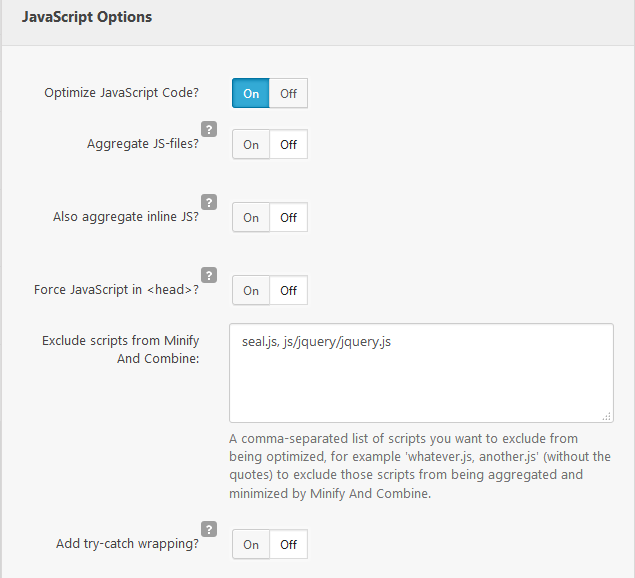
And it is supported by all browsers.įirst we will create a new project in Node. By doing so, you can avoid uploading large images, saving the end-user time and money. In other words, you want to reduce either its size or quality or both. Compressing is about downscaling an image. Click on the Increase Size of Image button. Since the speed of the average network has not improved at the same pace, it is essential to compress the images before uploading them. In the second step, select the image (s) you want to improve size. Or drag and drop directly to the size increaser area box.

The image format that we are going to use in this example is WebP, which offers compression greater than png and jpg, which helps to load web pages more quickly. Add images by clicking on the Add Files button. Sharp is a module for Node.js to convert images of the most diverse formats and varied dimensions to a smaller size, without having to worry about the color space, channels and alpha transparency, because all of these are treated correctly. By combining Express.js with multer, we will be able to easily implement the file upload feature. Multer is a middleware for handling multipart/form-data that is mainly used to upload files. Nowadays uploading images is one of the most basic operations of all applications. Today I'm going to focus on multer and sharp. I don't think I need to talk about Express.js because everyone who uses Node.js has used this framework at some point. However, I will show that with a simple Express.js api we can upload an image, change the Mime Type and still decrease its size. One of the most common is to compress images. In .js I modified the img.onload function like this img.Currently, I feel that the market is increasingly oriented towards the use of third-party services to make part of our pipeline.

I was finally able to achieve what I was looking for from your sample (resize to a limited width and height while preserving the aspect ratio, and without risking a skew of the image) Would it be possible for the sample to be re-uploaded? I still think this would make a great “stock” control in WiseJ. What must be done in order to get this working in WiseJ 2.5 again? My plan is to open the original C# sample provided by Luca, implement my modifications, and then reference the. I have to demo the app at a convention next week and am really hoping that I can get it working again.

Of course this makes upload times markedly higher on cellular connections, creating a slow and unpleasant experience for the user. I just realized today that the app was still uploading full resolution (4032×3024) photos from the camera, and the ImageUpload control is no longer sizing them down. I opened it an added the WiseJ 2.5 nuget package to the project, but I still have 67 errors. I can’t even get the original sample provided by Luca to compile. This was working flawlessly, but broke in my VB to C# converted WiseJ project.


 0 kommentar(er)
0 kommentar(er)
